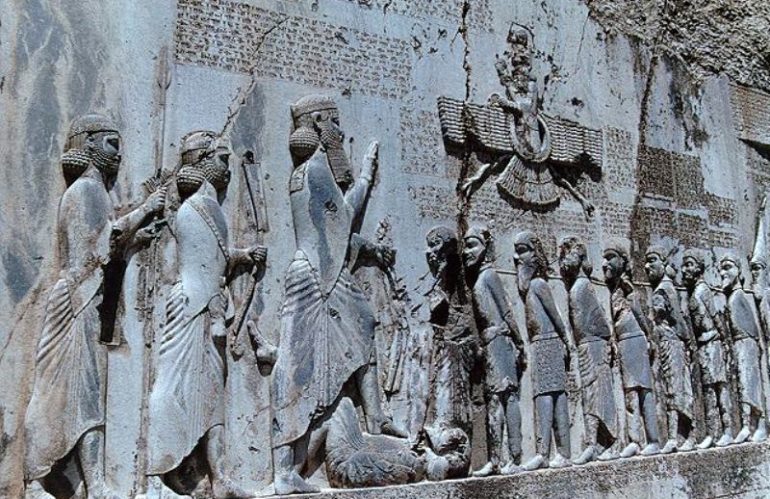HISTORY OF ZOROASTRIANISM
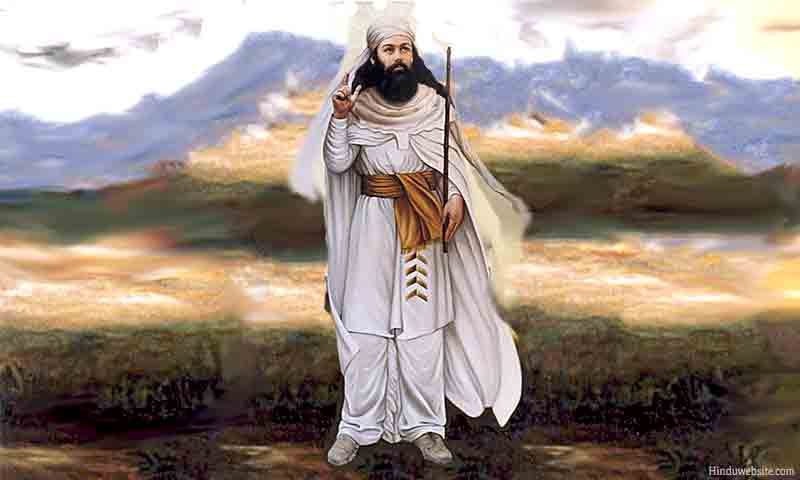
Zoroaster (the Greek name by which the Iranian prophet Zarathustra has become known) is traditionally believed to have lived and taught in the early part of the 6th century BC. His home is probably in the region to the east of the Caspian Sea.
Our sources for information about the pre-Zoroastrian Aryan religions are the Zoroastrian and Hindu scriptures: the Avesta and respectively, the Middle Persian Zoroastrian texts and the poet Ferdowsi’s epic, the Shahnameh.

We will examine three primary pre-Zoroastrian Aryan religions mentioned in our source texts: Mazda worship, Daeva or Deva worship and Asura worship.
Zoroaster’s original concept of Ahura Mazda is found in what are believed to have been his own discourses, the Gathas, which form the opening section of the Avesta, the holy book of Zoroastrianism. Ahura Mazda, he says, created a pair of twin spirits as his sons. One, Spenta Mainyu, chose truth, light and life; the other, Angra Mainyu, preferred deceit, darkness and death
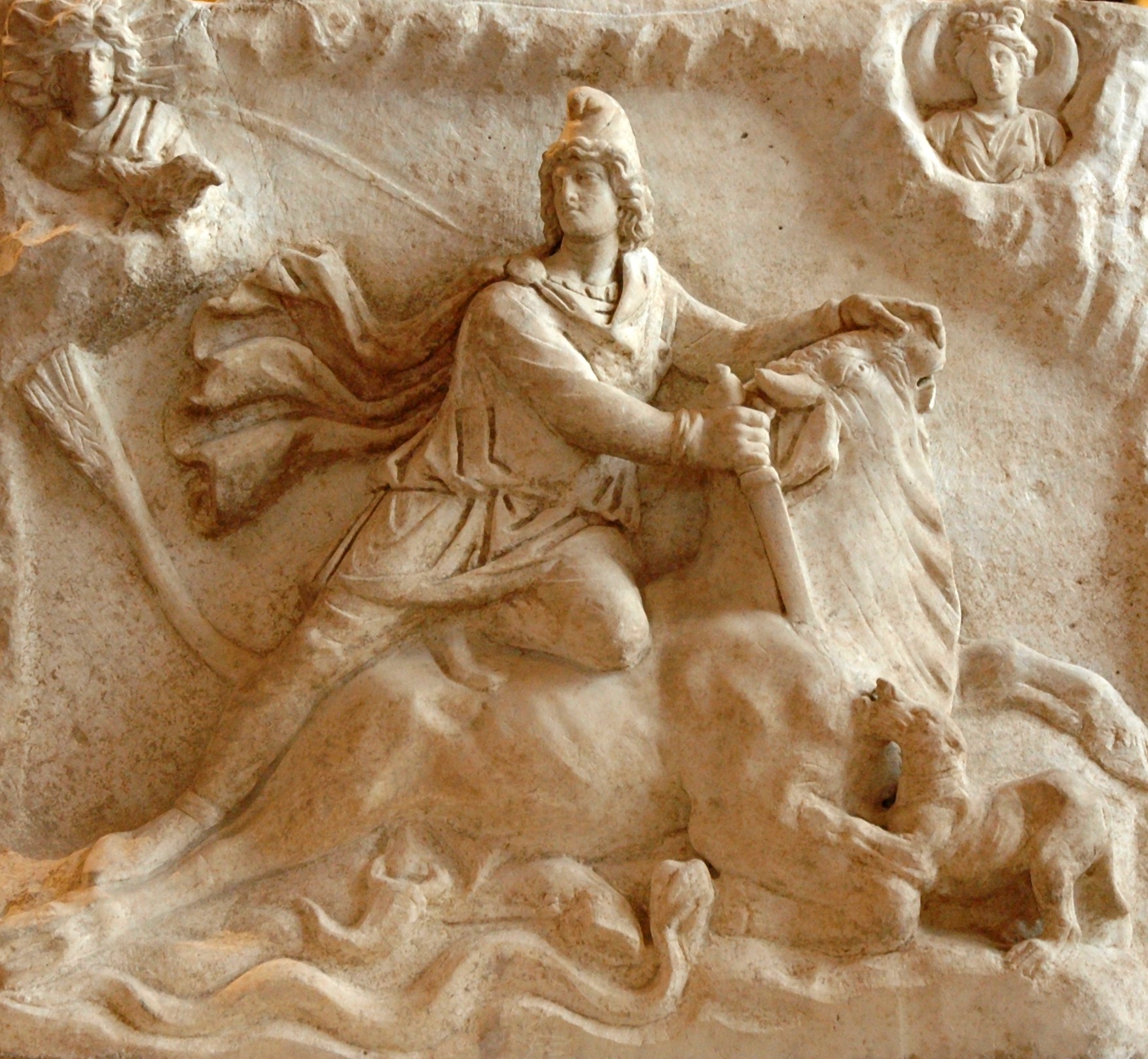
according to Zoroastrian belief, reflects the struggle between these eternal opposites, Ahura Mazda and Angra Mainyu, good and evil, light and darkness, truth and deceit. Zoroaster rejects all but one of the forms of sacrifice practised by the Indo-Iranians, and keeps only sacrifice by fire. So fire becomes, in Zoroastrianism, the sacred symbol of truth.
The power of Persia gives the Magi a special status; they are the wise men of the east. As such, five centuries later, they arrive to add weight and authority at the birthscene of another religion – Christianity.
The founder of the Sassanian dynasty, Ardashir, has strong links with the ancient Persian religion
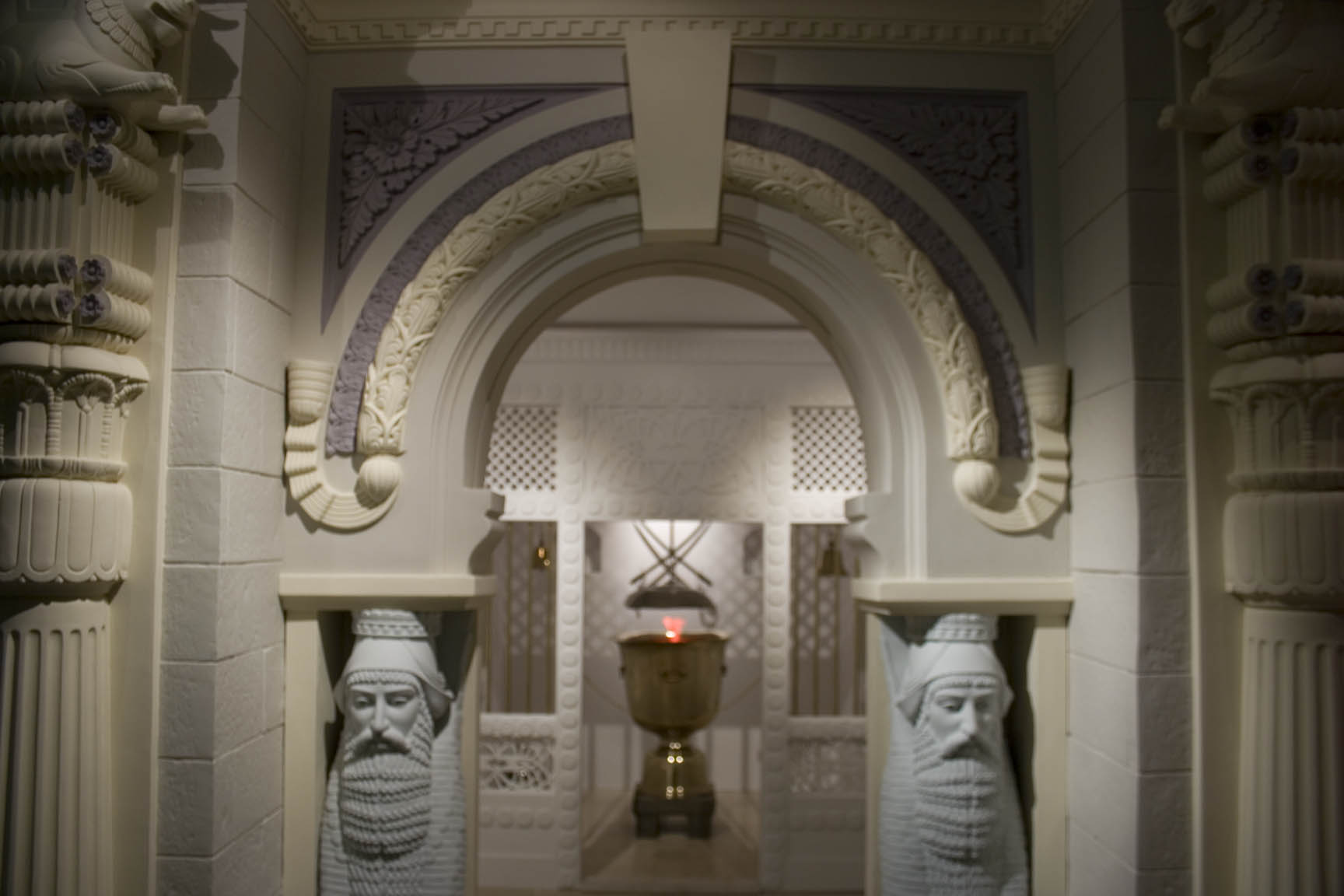
It is not known how the religion spreads through Iran to become, eventually, the official religion of the Achaemenid dynasty. But by about 500 BC Darius I is proudly proclaiming in his inscriptions: ‘By the grace of Ahura Mazda I am king; Ahura Mazda gave me the kingdom.’
The main theme of Zoroaster’s teaching is to replace the numerous ahurasor gods of the traditional Indo-Iranian religionwith just one ahura, the supreme God or ‘Wise Lord’, Ahura Mazda.
As the religion of Zoroastrianism develops, after its founder’s death, Ahura Mazda himself (sometimes now shortened to Ormazd) tends to take over from his good son the responsibility for thwarting Angra Mainyu.
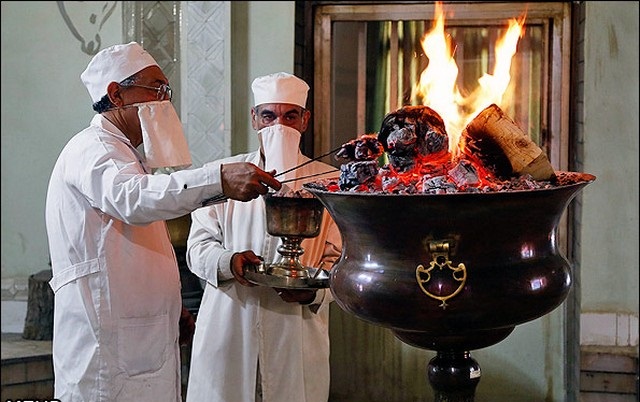
The decisive victory of the Arabs over the Iranians put an end to Zoroastrian Iran and brought it into the Arab Caliphate in 651. However, the “indirect meeting” of Islam and Zoroastrianism had taken place centuries before through the impact of Zoroaster’s teaching on Judaism, Christianity, and the religion of the Muslims. Although the “direct encounter” resulted in the virtual disappearance of Zoroastrianism from Iran, it nonetheless brought about a certain synthesis of the two spiritual traditions–most visible in two classical schools of Islamic thought: the mystical trend of Sufism and the Illuminationism of Ishrāqism.

